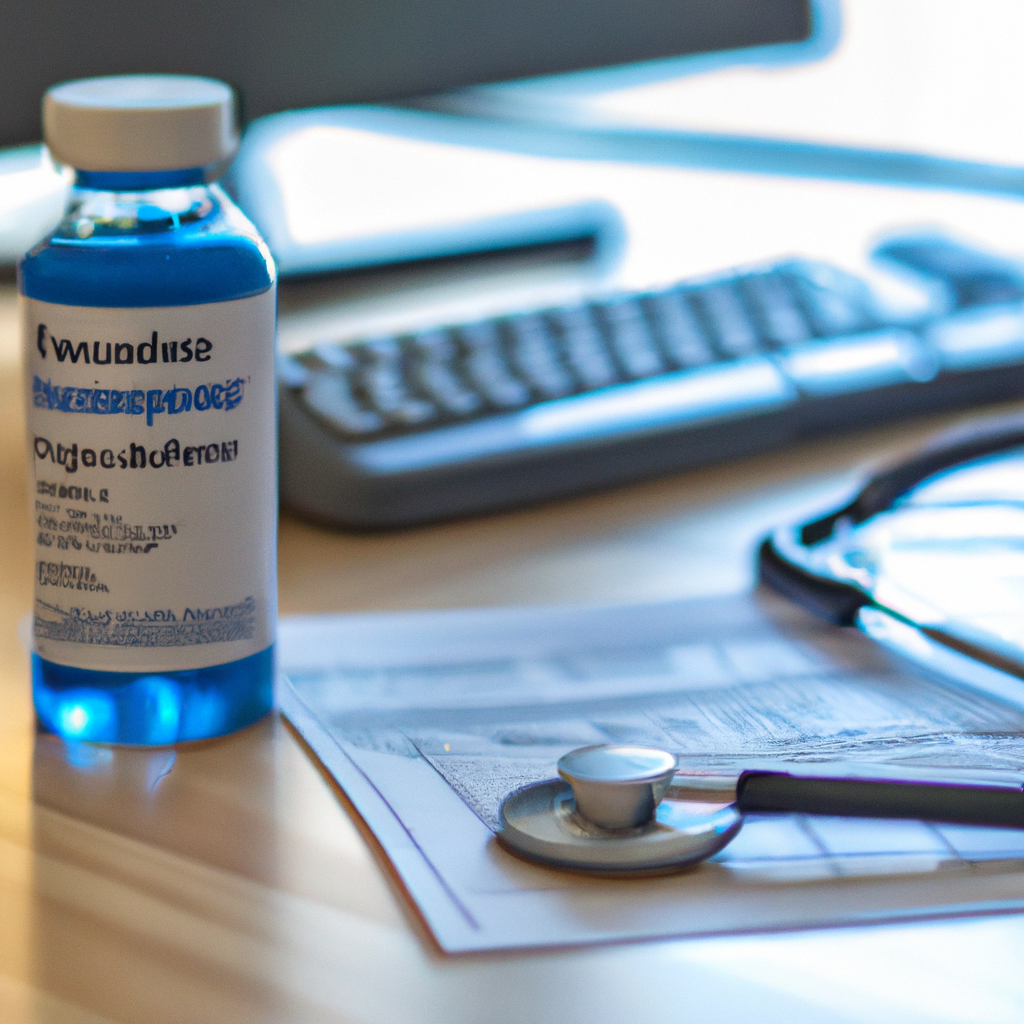A recent study published in the Annals of Internal Medicine indicates a growing trend of GLP-1 drug prescriptions among individuals without diabetes, while new prescriptions for those with diabetes are declining. The researchers express concern that this shift may lead to potential shortages of these critical treatments.
GLP-1 drugs function by simulating a hormone that controls blood sugar levels and curbs appetite. Initially approved for treating type 2 diabetes, the FDA granted approval for Wegovy, a GLP-1 treatment, for weight loss in 2021.
Since then, both Novo Nordisk and Eli Lilly have faced challenges in producing sufficient quantities of GLP-1 medications, such as Zepbound, Mounjaro, Wegovy, and Ozempic, to satisfy the escalating demand.
Researchers from Cedars-Sinai Medical Center and other institutions evaluated the medical records of 45 million Americans who visited a doctor between 2011 and 2023. Their findings revealed a decrease in the proportion of new GLP-1 users with type 2 diabetes, from nearly 90% in 2019 to over 70% by 2023. Conversely, the proportion of new users without type 2 diabetes increased from 10% to 25%.
“This data suggests that more healthcare providers are recognizing the benefits of these medications for treating obesity, signaling a significant public health shift,” stated Yee Hui Yeo, co-first author of the study. “However, it also raises concerns about potential medication shortages and the need to ensure that patients with diabetes still have access to these treatments.”
The study utilized data from healthcare software company TriNetX, but the sample may not be reflective of the entire national population.
In recent years, GLP-1 drugs have gained popularity due to their appetite-suppressing effects, with users reportedly losing up to 26% of their body weight.
The soaring demand for these drugs has significantly elevated the market value of Eli Lilly and Novo Nordisk, making them two of the most valuable pharmaceutical companies globally. However, this high demand has also led to difficulties for some patients in obtaining their prescriptions. Both companies have committed billions to increase production of these medications.
Morgan Stanley analysts project that the global market for GLP-1 drugs could reach $105 billion by 2030, with expectations that around 31.5 million individuals in the U.S.—approximately 9% of the population—will adopt these treatments by 2035.
